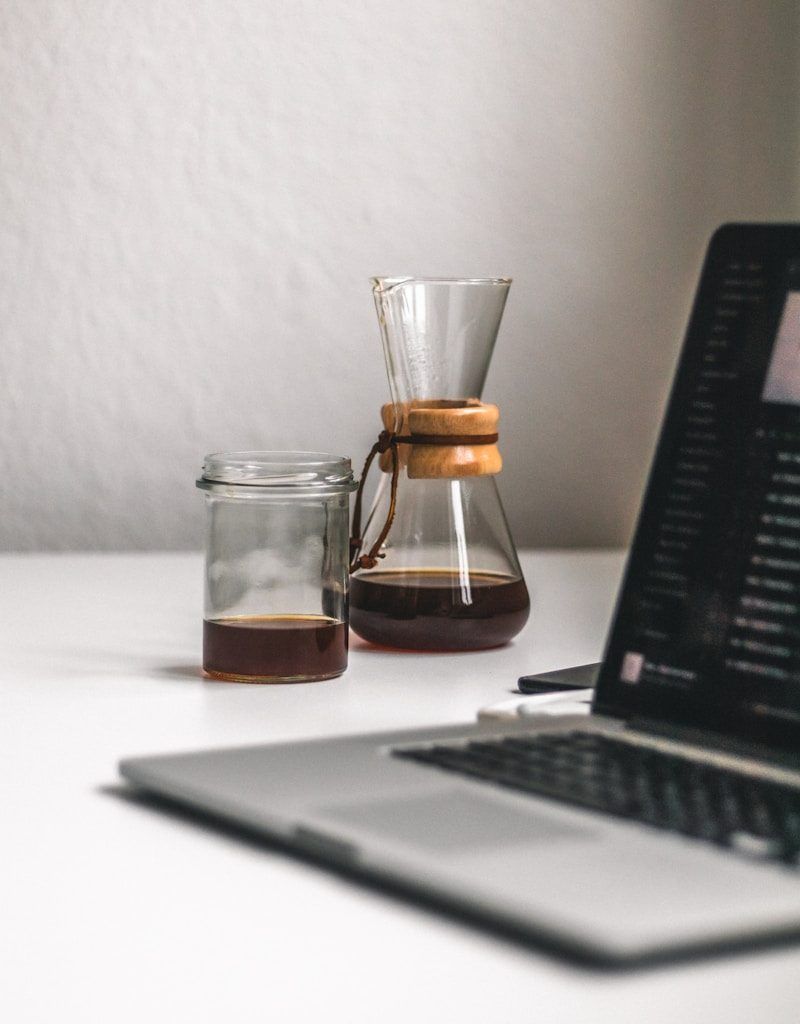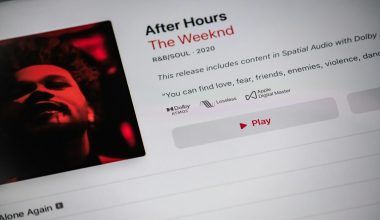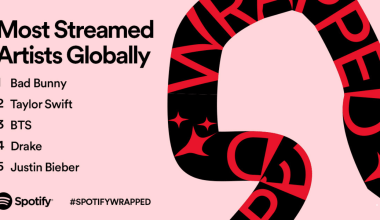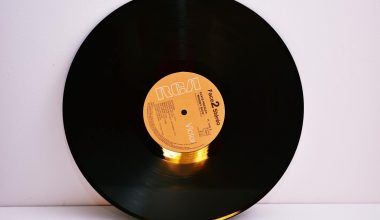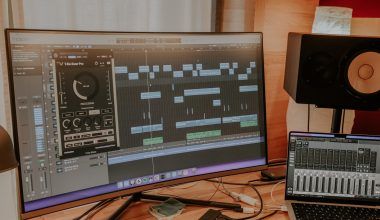Have you ever dreamed of hearing your music on Spotify, right next to your favorite artists? If so, you’re in the right place. This guide will walk you through the entire process of uploading your music to Spotify, from preparing your tracks to promoting them like a pro. Don’t worry—you don’t need to be a tech wizard or an industry expert to make it happen. Let’s dive in!
Why Spotify?
Spotify is one of the largest music streaming platforms in the world, with millions of users streaming billions of songs every day. Having your music on Spotify can:
- Help you reach a global audience.
- Boost your visibility as an artist.
- Potentially generate income through streams.
If you want to build a career in music, Spotify is a must-have platform in your toolkit. But how do you actually get your music there?
Step 1: Prepare Your Music
Before you even think about uploading your music, you need to make sure it’s ready for the world. Here’s how:
Polish Your Tracks
Your music should be professionally mixed and mastered. If you’re not sure how to do this, consider hiring a sound engineer to help you. Remember, Spotify is a global platform, and your tracks should sound as good as the pros.
Choose High-Quality Files
Spotify requires high-quality audio files. Typically, you’ll need:
- WAV files (preferred)
- 16-bit or 24-bit resolution
- 44.1 kHz sample rate
Having your files in the right format ensures your music sounds great on the platform.
Create Artwork
Every track or album needs artwork. Your artwork should:
- Be at least 3000×3000 pixels.
- Use a PNG or JPEG format.
- Avoid any blurry or pixelated images.
Make sure your artwork reflects your music style—it’s often the first thing listeners will notice.
Step 2: Find a Distributor
You can’t upload your music directly to Spotify. Instead, you need a digital music distributor. Distributors act as a bridge between you and platforms like Spotify. Popular options include:
- DistroKid: Affordable and easy to use.
- TuneCore: Great for artists who want detailed revenue tracking.
- CD Baby: Offers one-time fees instead of annual subscriptions.
Take your time to research and choose a distributor that fits your needs and budget.
What Does a Distributor Do?
Distributors handle the technical and legal aspects of getting your music on Spotify. They:
- Upload your tracks.
- Ensure your metadata is correct.
- Collect royalties from streams.
Most distributors charge either a yearly fee or a percentage of your earnings.
Step 3: Set Up Your Spotify for Artists Profile
Once your music is on Spotify, you’ll want to manage your artist profile. Here’s how to set it up:
Claim Your Profile
- Go to Spotify for Artists.
- Log in or create an account.
- Search for your artist name and claim your profile.
Customize Your Page
Add a bio, upload a profile picture, and link your social media accounts. A well-crafted profile can help you connect with listeners.
Use Artist Tools
Spotify for Artists provides valuable tools to:
- Track your streams.
- See your audience demographics.
- Pitch your music for playlists.
Step 4: Upload Your Music
This is where your distributor comes in. Each distributor has its own process, but the steps generally look like this:
Submit Your Tracks
- Log in to your distributor’s platform.
- Upload your audio files and artwork.
- Fill out all required metadata (e.g., song title, genre, release date).
Choose a Release Date
It’s a good idea to set your release date at least a few weeks in advance. This gives you time to build hype and pitch your music to Spotify’s editorial playlists.
Wait for Approval
Once your distributor submits your music to Spotify, it may take a few days to a few weeks for your tracks to go live. Keep an eye on your email for updates from your distributor.
Step 5: Promote Your Music
Uploading your music to Spotify is just the beginning. To make an impact, you’ll need a solid promotion strategy. Here are some ideas:
Share your Spotify links on platforms like Instagram, Twitter, and TikTok. Engage with your followers and encourage them to stream your music.
Playlists
Getting featured on playlists can significantly boost your streams. You can:
- Pitch your track to Spotify’s editorial playlists through Spotify for Artists.
- Reach out to independent playlist curators.
- Create your own playlists and include your tracks.
Collaborate
Work with other artists to cross-promote each other’s music. Collaborations can introduce your music to new audiences.
Step 6: Keep Growing
Getting your music on Spotify is a huge milestone, but the journey doesn’t end there. Keep releasing new tracks, engaging with your fans, and learning from your analytics. Over time, you’ll see your audience grow.
For further reading, explore these related articles:
For additional resources on music marketing and distribution, visit DMT Records Private Limited.
